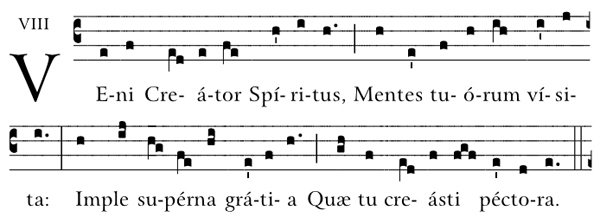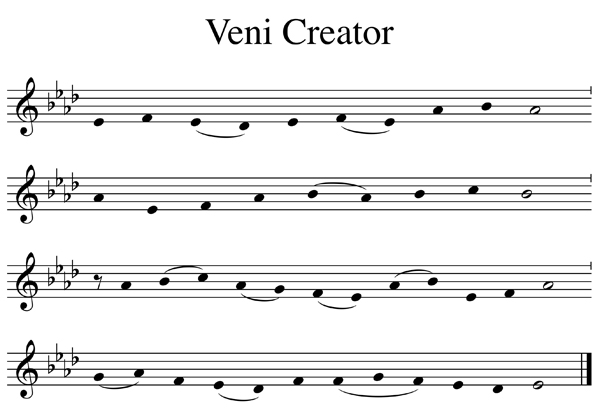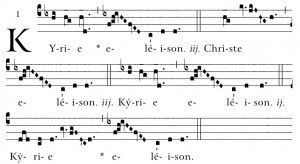Did you have any time to fill this week? Did you fill it with song? Did you kill time or follow a form?
The key to filling larger blocks of time or creating large scale forms is the ability to move to different key centers. While staying in the same key is acceptable for certain styles and forms, even a simple ABA form can benefit from modulation to a different key.
Ready? Go!
The quickest way to change keys is to simply change keys! No preparation or transition necessary. This works well in tonal schemes when moving to a closely related key: tonic to dominant, major to relative minor, major to parallel minor, or vice versa. From C major, that enables us to simply move to G major, F major, A minor and C minor. If you are using a richer tonal palette (like Messiaen’s Mode 2), movements by thirds can work as well. This would add Eb major, F# major, A major, E major, and Ab major as possible direct jumps.
One Chord Transitions
A very common practice in some traditions is to modulate up for the final verse of a hymn. Often the easiest and quickest way to do this is with a deceptive cadence at the end of the verse, concluding on major chord on the flatted sixth degree of the scale. This makes the old tonic the leading tone for the new key one half-step higher and enables everyone to jump back in to the next verse with no further segue needed.
A dominant seventh chord can actually serve as a pivot point for a transition to any other key. While you might need a little more time to lock in the new key after the shift, I’ve made a handout available here showing the resolution from a G7 chord to all 24 major and minor keys.
In his Cours Complet d’Improvisation à l’Orgue, Marcel Dupré suggests using symmetrical chords for modulation. The diminished seventh chord built of minor thirds functions very much like the dominant seventh chord above, so I won’t elaborate further on it. The other symmetrical chord Dupré uses for modulation is the augmented triad. Built of major thirds, this is an unstable sound because it lacks a perfect fifth. The lack of stability helps create the motion to a new key, and once again this chord can get you to any other key that you would like. (See the handout here.)
Smooth Transitions
Of course, if you are not looking to shock your listeners, you may wish to take a little more time and venture through several keys before arriving at your final destination. Exactly how much time you can take will depend upon the form you are aiming to follow and the expected duration of your improvisation. Composer Max Reger offers a guide on how to modulate from one key to another, even providing different progressions for enharmonic key relations! In his book Modulation, he offers 46 potential progressions from a major key and 54 progressions from a minor key. If you don’t know how to get from one key to another, this is the place to look. If your time is short, you can employ his progressions as they are. If you have more time, you can create a phrase in the key for each of the chords of his suggested progressions. The key to smooth transitions will be to use melodic thematic material whenever possible. Referencing familiar musical material will make it easier for the listener to accept and process the harmonic changes. By playing thematic material in different keys, you will also be practicing skills necessary for larger forms such as sonata allegro or fugue!
May your move from one place to another pass smoothly!
Glenn
Recent additions to organimprovisation.com:
Organists:
Mode:
Newsletter Issue 26 – 2014 10 27
See the complete list of past newsletter issues here.
Sign up to receive future issues using the box to the right on this page.

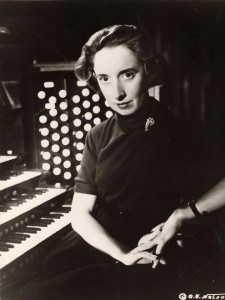
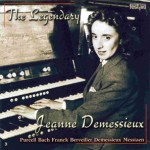






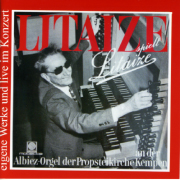
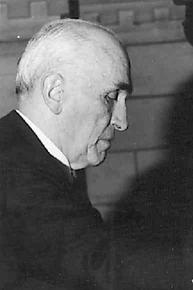

![vierne[1]](http://www.organimprovisation.com/wordpress/wp-content/uploads/2014/06/vierne1-300x194.jpg)

